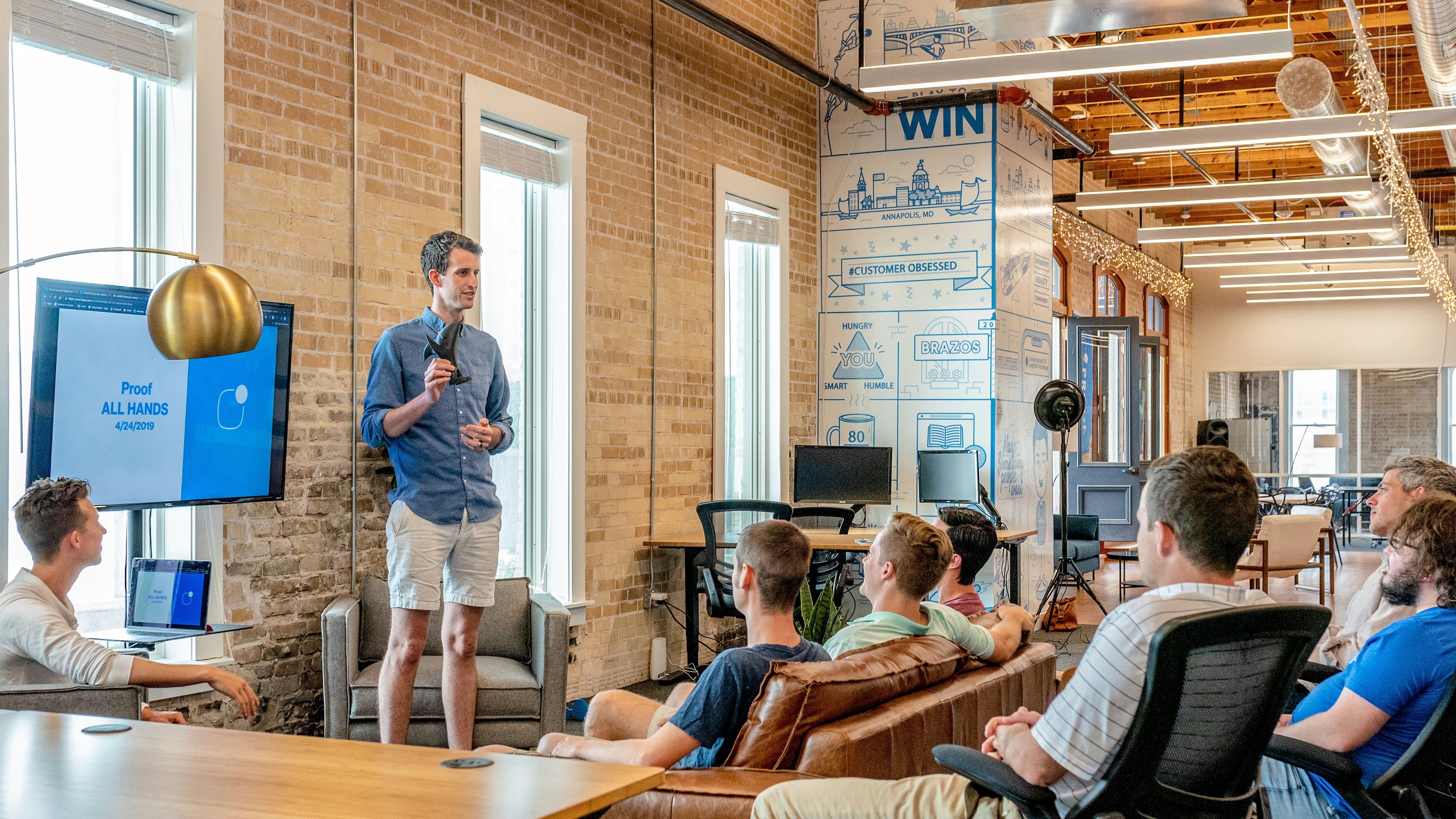Apr 15, 2021
Apr 15, 2021
Apr 15, 2021
How Hiring Learning Agile Employees Can Transform Your Company
How Hiring Learning Agile Employees Can Transform Your Company
How Hiring Learning Agile Employees Can Transform Your Company


The Bryq Team
HR Experts
Bryq is composed of a diverse team of HR experts, including I-O psychologists, data scientists, and seasoned HR professionals, all united by a shared passion for soft skills.
Bryq is composed of a diverse team of HR experts, including I-O psychologists, data scientists, and seasoned HR professionals, all united by a shared passion for soft skills.
"The illiterate of the 21st Century are not those who cannot read and write but those who cannot learn, unlearn and relearn.” - Alvin Toffler
When it comes to what learning agility actually is, Toffler’s quote nicely sums it up - learning agile individuals are enthusiastic about gaining knowledge and aren't closed-minded. They realize that information is not only consistently changing, but it needs to be re-learned. Individuals who are learning agile are more social, creative, resilient, and rarely worry about what others think of them - making them both influential and strong leaders.
How can you benefit from hiring learning agile employees? Let’s break it down.
Learning Agile Employees Make Great Leaders
Learning agility is a key trait to being a good leader in a workplace. Why? Learning agile employees are more likely to take constructive feedback and implement changes to make themselves better performers, they lack the need to constantly defend themselves and their ideas, they are flexible, and they are able to handle stressful scenarios. While some people may be more naturally learning agile, the trait can actually be taught and learned, regardless of age.
So how big of a difference does having a learning agile workforce make? According to the Korn Ferry Institute Study on learning agility, individuals who are learning agile get promoted twice as fast as other employees. The same report also found that companies with highly agile executives have 25% higher profit margins than their fellow businesses. In terms of having a competitive advantage, it’s estimated that only 15% of the professional workforce are highly agile.
The 5 Main Aspects of Learning Agility
So, how do we recognize learning agility in current employees and candidates? Look for the 5 key characteristics of a learning agile person:
Innovating: They are currently thinking of new, fresh ideas.
Performing: They can remain calm and composed in stressful situations.
Reflecting: They take the time to reflect on their experiences.
Risking: They take chances and challenge themselves.
Defending: They are constantly open to learning and resist the temptation to become defensive in the face of adversity
It may not be a surprise that learning agility and emotional intelligence are tightly tied together - people who are emotionally intelligent can more easily realize that they need to learn, adapt, and execute new skills and knowledge. Additionally, someone who is more in touch with their emotions - and about to control them - is more likely to be learning agile.
How to Identify Learning Agility in Candidates
There are a few different ways to identify if your candidates are learning agile without veering much from your normal hiring timeline. It's important to identify if your candidate is learning agile early on in the process for two main reasons: (1) you don't waste your resources and time on the wrong hire, and (2) so you can decide if learning agility is a dealbreaker for that specific person. Would you be willing to look past the weaker spots in order to teach them learning agility along the way? First, use these techniques to analyze your candidate's learning agility.
Use an assessment that measures cognitive ability and personality
The most effective and scientifically proven way of measuring learning agility is by using a pre-hire assessment that measures cognitive ability and personality. By assessing both of these factors, you'll get the most accurate prediction of your candidate's ability to learn and then put that knowledge into action, even in stressful situations. Talent Intelligence platforms like Bryq make measuring candidates on crucial traits such as learning agility easy and will save you the hassle of moving the wrong people forward in the hiring process.
Incorporate Learning Agility into your interview process
While you can't simply ask a candidate, "Are you learning agile?", there are some ways to delve into the topic in the interview stage. Ask your candidates questions like:
What new skills have you learned in your previous work?
Describe how you would approach a new task. What steps would you follow to get started on it?
Describe your biggest work failure. What did you learn from this experience?
Name a time when you received critical feedback from your boss. How did you handle it?

How can Bryq help assess Learning Agility?
At Bryq, we know it can be difficult to recognize Learning Agile candidates from only a resume and interview, so we’ve created the Learning Agility Indicator. By adding the Learning Agility Indicator to the Bryq Talent Assessment, customers will be able to better gauge their candidates in terms of general cognitive ability, warmth, sensitivity, liveliness, tension, and more. Bryq’s candidate reports are easy to understand and will clearly explain how each candidate measures in terms of learning agility, among other key traits.
"The illiterate of the 21st Century are not those who cannot read and write but those who cannot learn, unlearn and relearn.” - Alvin Toffler
When it comes to what learning agility actually is, Toffler’s quote nicely sums it up - learning agile individuals are enthusiastic about gaining knowledge and aren't closed-minded. They realize that information is not only consistently changing, but it needs to be re-learned. Individuals who are learning agile are more social, creative, resilient, and rarely worry about what others think of them - making them both influential and strong leaders.
How can you benefit from hiring learning agile employees? Let’s break it down.
Learning Agile Employees Make Great Leaders
Learning agility is a key trait to being a good leader in a workplace. Why? Learning agile employees are more likely to take constructive feedback and implement changes to make themselves better performers, they lack the need to constantly defend themselves and their ideas, they are flexible, and they are able to handle stressful scenarios. While some people may be more naturally learning agile, the trait can actually be taught and learned, regardless of age.
So how big of a difference does having a learning agile workforce make? According to the Korn Ferry Institute Study on learning agility, individuals who are learning agile get promoted twice as fast as other employees. The same report also found that companies with highly agile executives have 25% higher profit margins than their fellow businesses. In terms of having a competitive advantage, it’s estimated that only 15% of the professional workforce are highly agile.
The 5 Main Aspects of Learning Agility
So, how do we recognize learning agility in current employees and candidates? Look for the 5 key characteristics of a learning agile person:
Innovating: They are currently thinking of new, fresh ideas.
Performing: They can remain calm and composed in stressful situations.
Reflecting: They take the time to reflect on their experiences.
Risking: They take chances and challenge themselves.
Defending: They are constantly open to learning and resist the temptation to become defensive in the face of adversity
It may not be a surprise that learning agility and emotional intelligence are tightly tied together - people who are emotionally intelligent can more easily realize that they need to learn, adapt, and execute new skills and knowledge. Additionally, someone who is more in touch with their emotions - and about to control them - is more likely to be learning agile.
How to Identify Learning Agility in Candidates
There are a few different ways to identify if your candidates are learning agile without veering much from your normal hiring timeline. It's important to identify if your candidate is learning agile early on in the process for two main reasons: (1) you don't waste your resources and time on the wrong hire, and (2) so you can decide if learning agility is a dealbreaker for that specific person. Would you be willing to look past the weaker spots in order to teach them learning agility along the way? First, use these techniques to analyze your candidate's learning agility.
Use an assessment that measures cognitive ability and personality
The most effective and scientifically proven way of measuring learning agility is by using a pre-hire assessment that measures cognitive ability and personality. By assessing both of these factors, you'll get the most accurate prediction of your candidate's ability to learn and then put that knowledge into action, even in stressful situations. Talent Intelligence platforms like Bryq make measuring candidates on crucial traits such as learning agility easy and will save you the hassle of moving the wrong people forward in the hiring process.
Incorporate Learning Agility into your interview process
While you can't simply ask a candidate, "Are you learning agile?", there are some ways to delve into the topic in the interview stage. Ask your candidates questions like:
What new skills have you learned in your previous work?
Describe how you would approach a new task. What steps would you follow to get started on it?
Describe your biggest work failure. What did you learn from this experience?
Name a time when you received critical feedback from your boss. How did you handle it?

How can Bryq help assess Learning Agility?
At Bryq, we know it can be difficult to recognize Learning Agile candidates from only a resume and interview, so we’ve created the Learning Agility Indicator. By adding the Learning Agility Indicator to the Bryq Talent Assessment, customers will be able to better gauge their candidates in terms of general cognitive ability, warmth, sensitivity, liveliness, tension, and more. Bryq’s candidate reports are easy to understand and will clearly explain how each candidate measures in terms of learning agility, among other key traits.
"The illiterate of the 21st Century are not those who cannot read and write but those who cannot learn, unlearn and relearn.” - Alvin Toffler
When it comes to what learning agility actually is, Toffler’s quote nicely sums it up - learning agile individuals are enthusiastic about gaining knowledge and aren't closed-minded. They realize that information is not only consistently changing, but it needs to be re-learned. Individuals who are learning agile are more social, creative, resilient, and rarely worry about what others think of them - making them both influential and strong leaders.
How can you benefit from hiring learning agile employees? Let’s break it down.
Learning Agile Employees Make Great Leaders
Learning agility is a key trait to being a good leader in a workplace. Why? Learning agile employees are more likely to take constructive feedback and implement changes to make themselves better performers, they lack the need to constantly defend themselves and their ideas, they are flexible, and they are able to handle stressful scenarios. While some people may be more naturally learning agile, the trait can actually be taught and learned, regardless of age.
So how big of a difference does having a learning agile workforce make? According to the Korn Ferry Institute Study on learning agility, individuals who are learning agile get promoted twice as fast as other employees. The same report also found that companies with highly agile executives have 25% higher profit margins than their fellow businesses. In terms of having a competitive advantage, it’s estimated that only 15% of the professional workforce are highly agile.
The 5 Main Aspects of Learning Agility
So, how do we recognize learning agility in current employees and candidates? Look for the 5 key characteristics of a learning agile person:
Innovating: They are currently thinking of new, fresh ideas.
Performing: They can remain calm and composed in stressful situations.
Reflecting: They take the time to reflect on their experiences.
Risking: They take chances and challenge themselves.
Defending: They are constantly open to learning and resist the temptation to become defensive in the face of adversity
It may not be a surprise that learning agility and emotional intelligence are tightly tied together - people who are emotionally intelligent can more easily realize that they need to learn, adapt, and execute new skills and knowledge. Additionally, someone who is more in touch with their emotions - and about to control them - is more likely to be learning agile.
How to Identify Learning Agility in Candidates
There are a few different ways to identify if your candidates are learning agile without veering much from your normal hiring timeline. It's important to identify if your candidate is learning agile early on in the process for two main reasons: (1) you don't waste your resources and time on the wrong hire, and (2) so you can decide if learning agility is a dealbreaker for that specific person. Would you be willing to look past the weaker spots in order to teach them learning agility along the way? First, use these techniques to analyze your candidate's learning agility.
Use an assessment that measures cognitive ability and personality
The most effective and scientifically proven way of measuring learning agility is by using a pre-hire assessment that measures cognitive ability and personality. By assessing both of these factors, you'll get the most accurate prediction of your candidate's ability to learn and then put that knowledge into action, even in stressful situations. Talent Intelligence platforms like Bryq make measuring candidates on crucial traits such as learning agility easy and will save you the hassle of moving the wrong people forward in the hiring process.
Incorporate Learning Agility into your interview process
While you can't simply ask a candidate, "Are you learning agile?", there are some ways to delve into the topic in the interview stage. Ask your candidates questions like:
What new skills have you learned in your previous work?
Describe how you would approach a new task. What steps would you follow to get started on it?
Describe your biggest work failure. What did you learn from this experience?
Name a time when you received critical feedback from your boss. How did you handle it?

How can Bryq help assess Learning Agility?
At Bryq, we know it can be difficult to recognize Learning Agile candidates from only a resume and interview, so we’ve created the Learning Agility Indicator. By adding the Learning Agility Indicator to the Bryq Talent Assessment, customers will be able to better gauge their candidates in terms of general cognitive ability, warmth, sensitivity, liveliness, tension, and more. Bryq’s candidate reports are easy to understand and will clearly explain how each candidate measures in terms of learning agility, among other key traits.
Related blog posts
Related blog posts



Gain a competitive edge with data-informed talent decisions.
Request a demo and see how our platform is Shaping the Future of Work.



Gain a competitive edge with data-informed talent decisions.
Request a demo and see how our platform is Shaping the Future of Work.

Gain a competitive edge with data-informed talent decisions.
Request a demo and see how our platform is Shaping the Future of Work.


